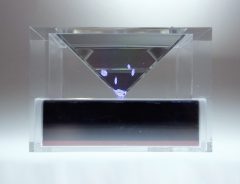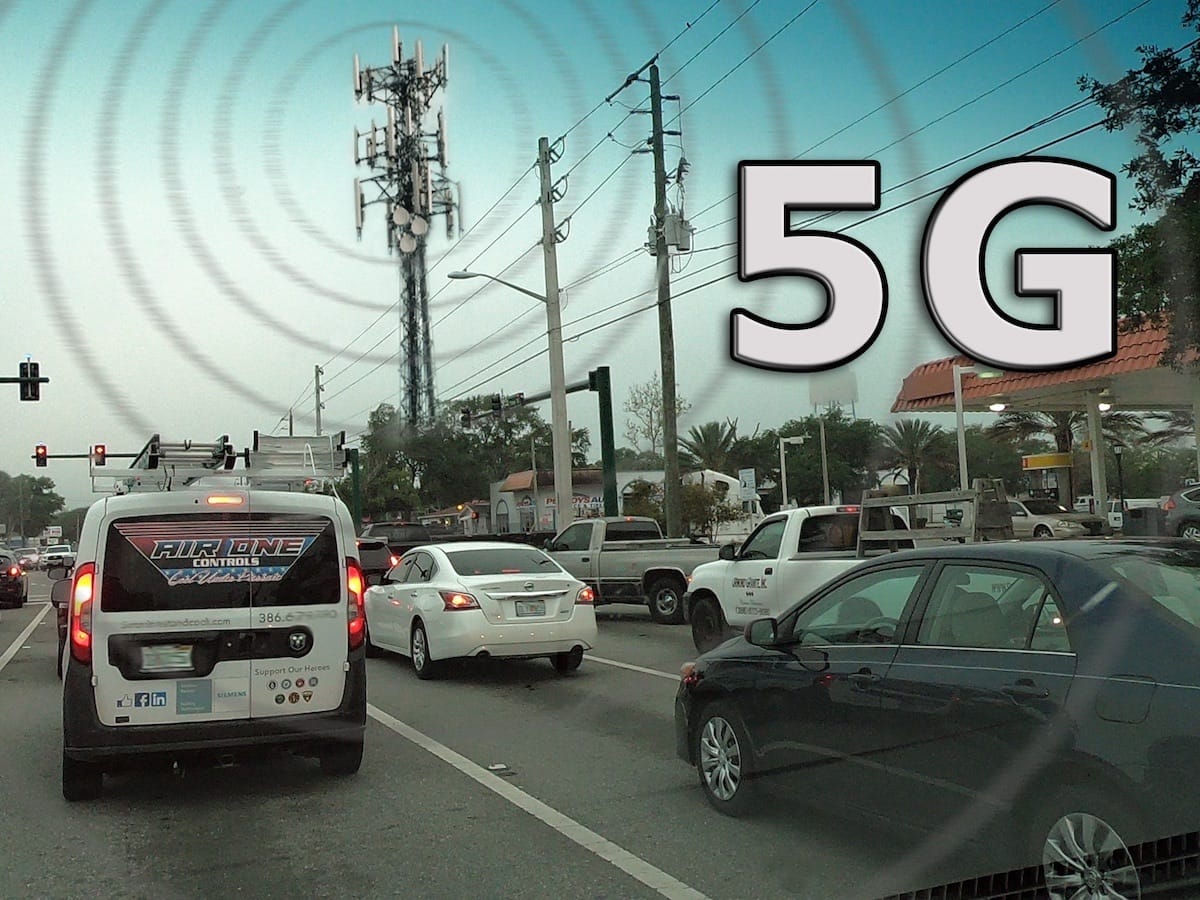- Tags:
- 5G / communication / JR East / Technology
Related Article
-

Futuristic art exhibition uses digital displays and AR to create a transcendental experience
-

Muro Box – The world’s first smart music box
-

Would You Wear This Clip-On Wearable Air Conditioning Unit?
-

Robot-staffed Hen na Hotel Branches Out to Robot-staffed Cafe in Tokyo
-

Cyberpunk Sake Cup “HOLOYoi Masu” Projects Hologram Images In Your Sake, Plays Music
-

Awesome Functioning Steampunk Wrist Watches and Other Creations by Japanese DIY Artist



5G broadband is expected to become the norm in Japan in the not too distant future. At present, 5G is only used in confined spaces such as inside buildings. It has been authorised for outdoor use, but because the 5G signal uses the high 28 GHz band, it can only travel short distances. Installing so many transmitters makes 5G prohibitively expensive. This makes it tricky to establish a stable wi-fi connection in moving vehicles such as trains and cars.
One of the challenges facing broadband suppliers until now has been how to switch from a private network and a public network, which is particularly important when you’re on the move. It is possible using the existing technology but switching can take up to four minutes and many wi-fi users get frustrated at having to wait for so long.
© Kyodo News PR Wire
Now a team of IT engineers from the National Institute of Information and Communications Technology, JR East and the Railway Technical Research Institute has come up with a solution. They deployed a stand-alone linear spot cell using the 5G frequency on the JR East Karasuyama Line in Tochigi prefecture. Then they installed a terminal that used the new technology on a moving train.
They were able to switch from the public network provided by a telecommunications carrier to an independent spot cell installed by the network operator along the railway line. What is more, they succeeded in reducing the connection time to less than five seconds on average.
Seibu Ikebukuro Line in Nerima, Japan | Pikrepo.com
The development of this basic wireless technology enables smooth high-speed switching between public and private networks, even in mobile environments. By accessing the private network in advance via a public network, cell search and the authentication procedure are performed as you pass the spot cell. There is no need to share subscriber information between private network operators and public network operators. This significantly shortens the time needed to process the login request, allowing for a smooth switch between the public network and the private network.
The team of engineers also succeeded in simultaneously transmitting video from multiple cameras installed on the ground to the terminal on the train as it passed the linear spot cell. When using the public network, the lag time was about 800 milliseconds, but after switching the connection to the private network, this was shortened to about 10 milliseconds. As a result, the quality of the video was much improved.
Once this technology becomes widely available, it will be possible to provide a stable 5G connection to people on the move, even in cars and on trains. 5G is also expected to be widely used wherever it is difficult to arrange spot cells densely, such as on farms, transportation infrastructure, and disaster prevention systems.